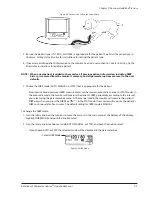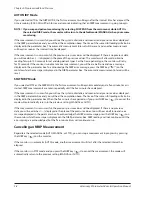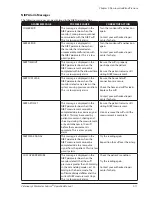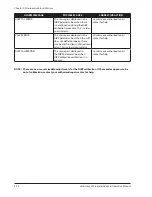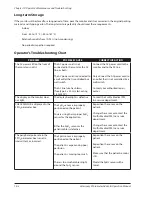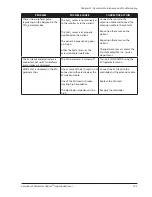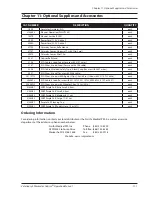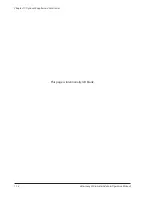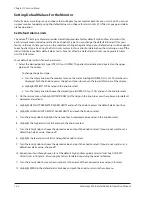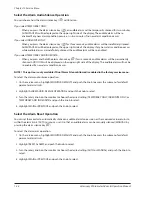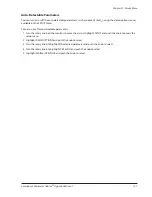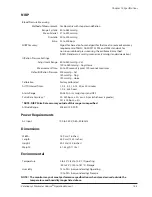
Chapter 10: Operator’s Maintenance and Troubleshooting
10-2
Veterinary 3 Parameter Advisor
®
Operation Manual
Long-term Storage
If the monitor will be stored for a long period of time, pack the monitor and its accessories in the original packing
materials and shipping carton. The long-term storage facility should meet these requirements:
Indoor
•
From –40 to 75 °C (–40 to 167 °F)
•
Relative humidity from 10-95% (non-condensing)
•
No periodic inspection required
•
Operator’s Troubleshooting Chart
PROBLEM
POSSIBLE CAUSE
CORRECTIVE ACTION
The AC power LED on the front of
the monitor is not lit.
The AC power cord is not
connected to the monitor, the AC
line, or both.
The AC power cord is connected to
a wall outlet that is controlled by a
wall switch.
The AC line fuse has blown
(fuse type: 5 x 20 mm fast-acting
1.6 A/250 V).
Connect the AC power cord to the
monitor and to the AC line.
Only connect the AC power cord to
an outlet that is not controlled by a
wall switch.
Contact your authorized repair
center.
The display on the monitor does
not light.
The display backlight is defective.
Contact the Smiths Medical PM,
Inc. service department.
CHECK SENSOR is displayed in the
SPO
2
parameter box.
The SpO
2
sensor is improperly
positioned on the patient.
You are using the improper SpO
2
sensor for the application.
Either the SpO
2
sensor or the
patient cable is defective.
Reposition the sensor on the
patient.
Change the sensor or contact the
Smiths Medical PM, Inc. service
department.
Change the sensor or contact the
Smiths Medical PM, Inc. service
department.
The peripheral pulse rate in the
SPO
2
parameter box is erratic,
intermittent, or incorrect.
The SpO
2
sensor is improperly
positioned on the patient.
The patient is experiencing poor
perfusion.
The patient is moving too much.
There is too much ambient light
around the SpO
2
sensor.
Reposition the sensor on the
patient.
Reposition the sensor on the
patient.
Make sure that the patient remains
still.
Shield the SpO
2
sensor with a
towel.






